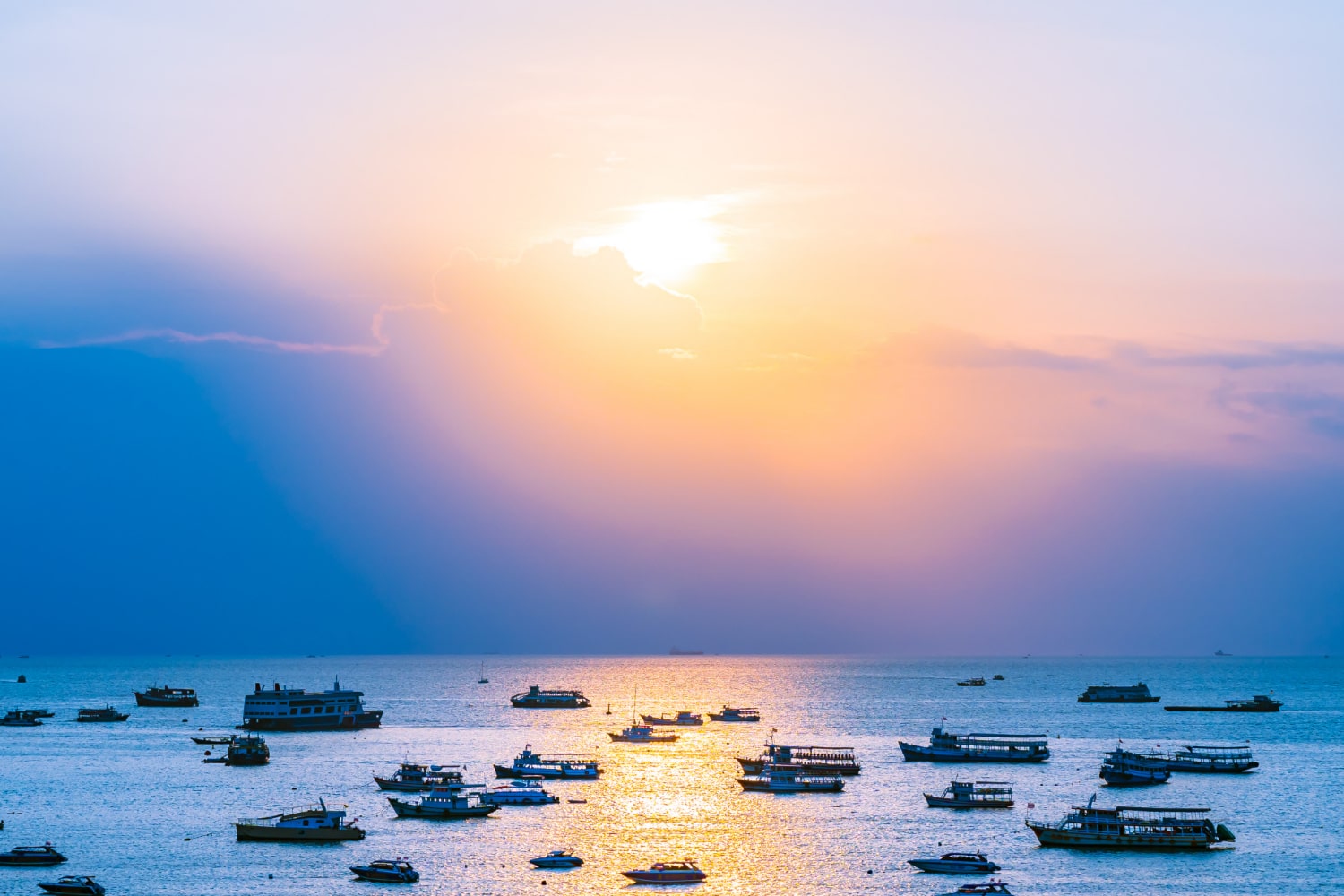The Indian Ocean is the third-largest ocean on Earth and also one of the most mysterious and least explored. Its waves wash the shores of over thirty countries, while its depths hide unique ecosystems, rare species and traces of ancient civilizations. This ocean plays a vital role in shaping the climate, supporting global trade and maintaining biodiversity. Below is a collection of interesting facts about the Indian Ocean that you might not know but are sure to find fascinating.
- The Indian Ocean covers an area of over 70 million square kilometers, accounting for about 20 percent of the global ocean surface. It is smaller than the Pacific and Atlantic Oceans but larger than the Arctic Ocean. Its waters touch the coastlines of Asia, Africa, Australia and Antarctica. The ocean features a complex system of currents and deep-sea trenches.
- Unlike other oceans, the Indian Ocean is bordered directly by land to the north and does not connect to another ocean in that direction. This makes it unique in terms of navigation and climatic influence. The limited inflow of cold water results in higher average temperatures. As a result, it is considered the warmest ocean on the planet.
- The deepest point in the Indian Ocean is the Sunda Trench, which reaches depths of over 7700 meters. This area is part of the Pacific Ring of Fire and is known for frequent earthquakes and volcanic activity. The trench is located near Indonesia and is highly seismically active. Its depths remain largely unexplored.
- One of the world’s most isolated islands, North Sentinel Island, is located in the Indian Ocean and is home to a tribe that lives completely cut off from modern civilization. The inhabitants aggressively reject any attempts at contact. The Indian government prohibits access to the island to protect the tribe’s culture and safety. It is one of the last places on Earth where people still live in a prehistoric way.
- The Indian Ocean is rich in biodiversity, especially around the coral reefs of the Red Sea, the Lakshadweep and Maldives archipelagos. It is home to over 2000 species of fish, various whales and dolphins, and rare sea turtles. Some species are found nowhere else on Earth. This makes the ocean a key region for marine conservation.
- The Indian Ocean has the highest evaporation rate of all oceans, particularly in the Arabian Sea. This is due to high temperatures, low humidity and intense solar radiation. These conditions create unique chemical characteristics in the water that affect marine life. They also play a significant role in the formation of monsoon winds.
- Since ancient times, the Indian Ocean has served as a major trade route connecting Europe, Africa and Asia. Arab, Indian, Chinese and European ships sailed across its waters. Today, it hosts some of the busiest maritime corridors, including near the Suez Canal and the Strait of Malacca. This gives the ocean strategic importance in global commerce.
- In the southwestern part of the Indian Ocean lies the submerged Kerguelen Plateau, believed to be the remnant of an ancient continent. It is almost entirely underwater and is comparable in size to Western Europe. Scientists continue to study its geological structure and origins. Some theories suggest that it was once above sea level millions of years ago.
- One of the most dangerous marine predators, the tiger shark, is common in the Indian Ocean, especially near Madagascar, India and Sri Lanka. It is known for its aggression and indiscriminate feeding habits. The species is the subject of scientific research due to its ecological impact. Despite the threat it poses, it plays a key role in maintaining ecological balance.
- The Indian Ocean significantly influences the climate of vast regions, including India, Southeast Asia and East Africa. It is the source of powerful monsoon winds that determine agricultural cycles and water supply for millions of people each year. Surface temperature changes in the ocean have global weather consequences. This makes the ocean crucial in climate change research.
- The ocean also has major geopolitical significance. Many coastal nations compete for control of ports, fishing zones and underwater resources. Important undersea communication cables connecting continents pass through its floor. This enhances the ocean’s role in the digital age.
- Beneath the Indian Ocean lie vast reserves of minerals, including manganese nodules, sulfur and natural gas. Extracting these resources could bring significant economic benefits in the future. However, deep-sea mining presents serious environmental risks. As a result, there is ongoing debate about its sustainability and limits.
- Tropical cyclones regularly form in the southern part of the Indian Ocean, especially between November and April. These storms can cause severe damage to islands and coastal areas. The most dangerous cyclones move toward Madagascar and Mozambique. Climate change is expected to increase their frequency and intensity.
- Despite technological advancements, the Indian Ocean remains one of the least explored oceans. Its depths, flora and fauna are still poorly understood due to challenging research conditions. Many questions about its geology, biology and history remain unanswered. The ocean continues to hold many secrets waiting to be discovered.
The fascinating world of the Indian Ocean impresses with its vastness, depth and influence on millions of lives. Within its waters merge history, nature, science and global politics. These incredible facts about the Indian Ocean show that it is not just a geographic feature but a dynamic system of global importance. Studying its resources and features opens new possibilities for humanity.





